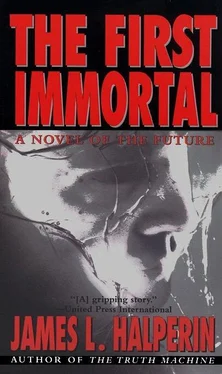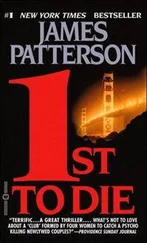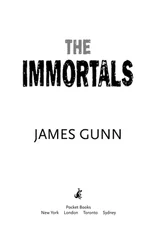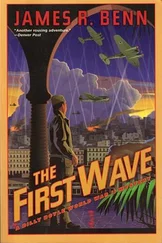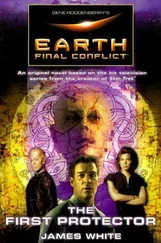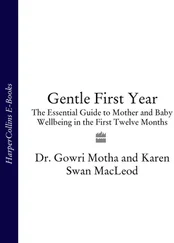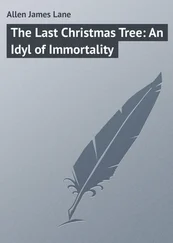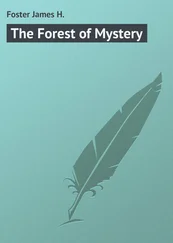Epstein had been diagnosed with brain cancer in late 1980, and had formulated his plan: Rather than allowing the disease to destroy his mind, he’d found a doctor on the Cayman Islands who’d agreed to supervise a (then very illegal) suspension while he was still alive. He’d been anesthetized, perfused using a protocol formula obtained from the Phoenix, and maintained in liquid nitrogen in George Town, Grand Cayman, for twenty-two years.
Once suicide was legalized, his body had been transferred back to the United States.
He’d left detailed instructions to be revivified as soon as practical, and had awakened in 2066 in the presence of a professional guidance adviser named Rhysa Archer, a stranger, but competent and pleasant. They had enjoyed a brief affair, a common occurrence during revivifications of unmarried suspendees. After an eighty-five-year suspension, he’d come out of traumatism in barely three months, a statistic for the record books, considered especially remarkable for someone not revived by friends or loved ones.
Epstein had set up three trust funds prior to his 1981 suspension, all authorizing payment for his revival as soon as his disease and aging could be cured. Two of those funds had been looted by scam artists, but one had survived, and compound interest had been a godsend. He was hardly rich by the standard of the time, but had enough money to support himself forever without reducing the present value of his resources; to do what he wanted, to live a comfortable life.
At first it had all seemed amazing. And he still appreciated it, particularly compared with his previous existence.
Now, however, he was starting to get bored. He needed a career, he decided, before he lost all motivation, or worse, turned into a VR junkie. But people had little use for human doctors anymore. AIs were a lot better at it than humans ever were. In fact, he imagined the AIs could tell him where his aptitudes might best be applied.
But he realized he had unfinished business to attend to first.
Once again he asked his central AI to display data on Ben Smith, the man to whom he owed his life. In a split second the machine transmitted the answer to Epstein’s screen tablet.
Benjamin Franklin Smith
Born: Wakefield, Massachusetts, January 14, 1925
In Suspension Since: June 2, 1988
Reason: myocardial infarction
Location: the Phoenix
Revivification Instructions: none
Brain Damage: unknown
Revival Prospects: unknown
Surviving Descendants: Alica Claire Banks, Erik Cornell Banks, Frederick Harmon Banks, Robert Goddard Banks, George Jacob Crane III…
George Jacob Crane III? Trip Crane was Ben’s descendant? Very interesting.
January 14, 2072
—Using a process similar to the technique that propagated dodo birds last year, zoologists successfully clone six mammoths and four mastodons from tusk DNA. The giant beasts, driven to extinction by humans about 10,000 years ago, will be bred for captivity in wild animal parks.—A comprehensive AI study on the nature of evil concludes: “Violence and cruelty arise from impulses such as ambition, misplaced idealism, and sadistic pleasure—but only if such impulses remain unchecked. Fortunately, the current state of technology and political science appears to offer scant breeding ground for evil.”
Wendy II barked at a wall-sized 3-D screen. The screen displayed an AI-generated depiction of a single human cell, with an insect-shaped disassembler machine one-tenth of the cell’s length, width, and height attached to it. Extending from the disassembler’s torso were sixty-four tentacles, which deftly and systematically removed the cell’s molecules layer by layer, analyzed each molecule, and rebuilt the cell directly adjacent to itself, like a mechanical mason moving an enormous wall one brick at a time.
“This depiction is approximately one ten-thousandth actual speed,” I explained to Carl Epstein. “Right now there are eighty of these dissections occurring, mostly of skin cells frozen by the Phoenix a few years before his suspension. We compared them to a scraping just to make sure the samples weren’t switched.”
“Looks astonishingly fast, even for full speed,” Epstein remarked.
“An effect of the enlargement. If what we’re viewing were actual speed, DNA mapping would require a year; not the hour it’ll really need. After that hour, the reconstruction phase takes about 140 minutes. Of course, neurosuspensions or missing organs require sixteen additional months to grow new body parts. But your friend—”
“And your great-grandfather—” Epstein put in, reminding me of the reason I’d agreed to personally supervise Ben’s reviv in the first place.
I slapped my forehead. “Yep, my great-grandfather. Fortunately, all his organs were left intact. He needs nothing more than basic DNA overhaul and minor heart repair. Then we’ll watch the early reports from his brain; keep our fingers crossed the D/A machines find no irreparable damage.”
“The Phoenix used state-of-the-art techniques,” Epstein said. “Hell, I was frozen seven years before Ben, and they kept all my memories intact.”
“Yeah, but your suspension was predeath. His wasn’t. Besides, the Phoenix kept changing their processes. He, and possibly his mother, are the Phoenix’s only pre-1995 suspendees who survived a terrorist attack in 2017. So there isn’t any way to know for sure.”
Epstein’s eyes narrowed; his expression seemed almost despairing.
“At least the Phoenix kept good records,” I explained, hoping to encourage without creating false hope. “We knew his medical history and cause of death. We even have a separately frozen DNA sample. Of course, it would’ve been nice if they’d asked their patients to leave instructions.”
“What do you mean?”
“For example: We still haven’t cracked the cellular-death clock. Most suspendees today leave instructions to wait until we do. Nobody wants to undergo two suspensions.”
“Most suspendees today are at least 120 years old.”
“True,” I said. “That’s why I figured Ben wouldn’t mind. But I find it surprising that so few twentieth century cryonics facilities asked their members when they wanted to be revived. Some people would probably have liked to come back as soon as their diseases were curable and they had a reasonable likelihood of being revived successfully. So they wouldn’t miss too much of the world, you know. Others might be more risk-averse; might have preferred to wait until revival was one hundred percent certain, or aging could be reversed, or even immortality somehow achieved.”
“Barely thought of it myself back then,” Epstein said. “Why would I have?”
“Good point. I’ll say one thing, though: Ben was awfully lucky to be frozen as quickly as he was.”
Epstein nodded. “Sure was. Last week, I read the court documents from the lawsuit after his death. What a battle!”
“It’s not a part of our family history I’m especially proud of.”
“Times were different back then,” he advised. “Lawsuits were almost standard procedure in early suspensions. That’s why I kept my own suspension a secret, except for my three trustees.”
“Three?”
“Uh-huh. I was hoping they’d keep each other honest, which in my case didn’t happen. But one of the trustees was scrupulous, and that was enough. If I’d put all my funds in one trust, there’s a two-thirds chance I’d be broke. People were rapacious back in the twentieth century.”
“Probably still are, deep down,” I said. “But now there’s no point in not being honest.”
“In a way, it seems I was fortunate not to have family to muck things up. Never even told my friends I was dying.”
Читать дальше
